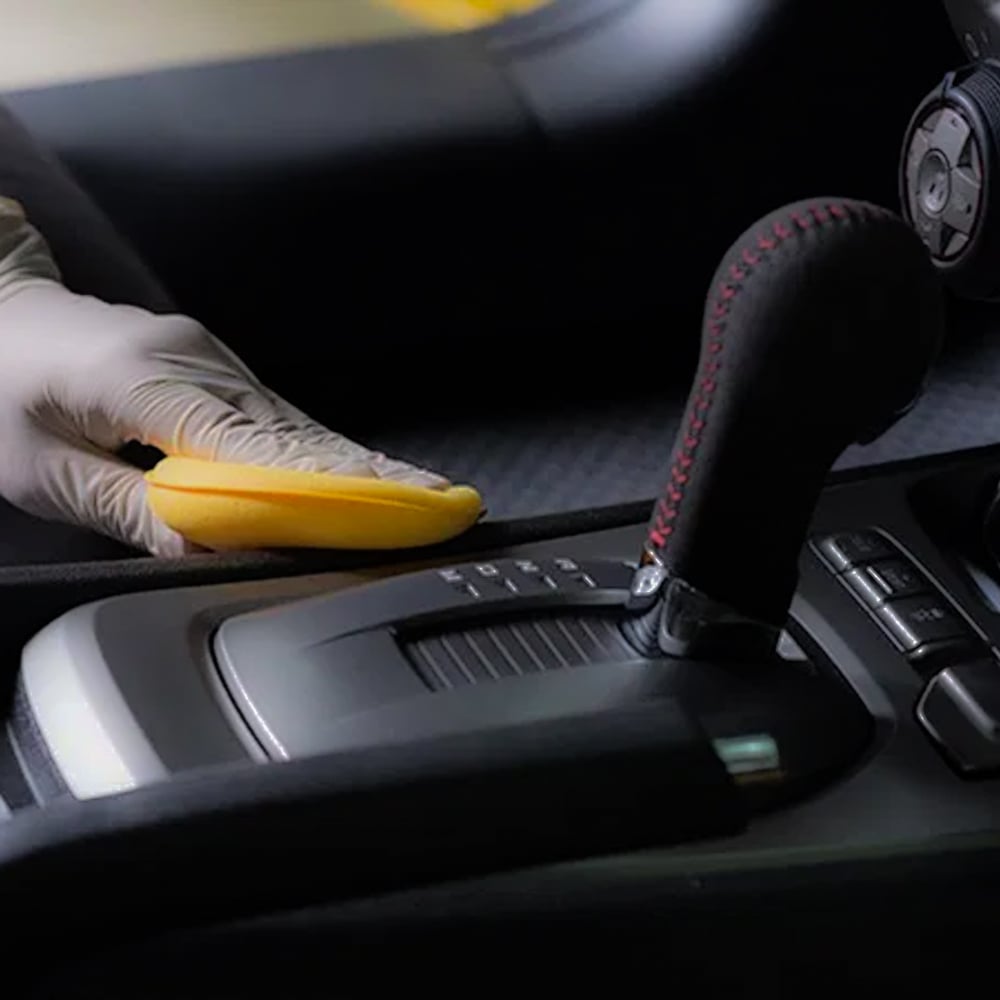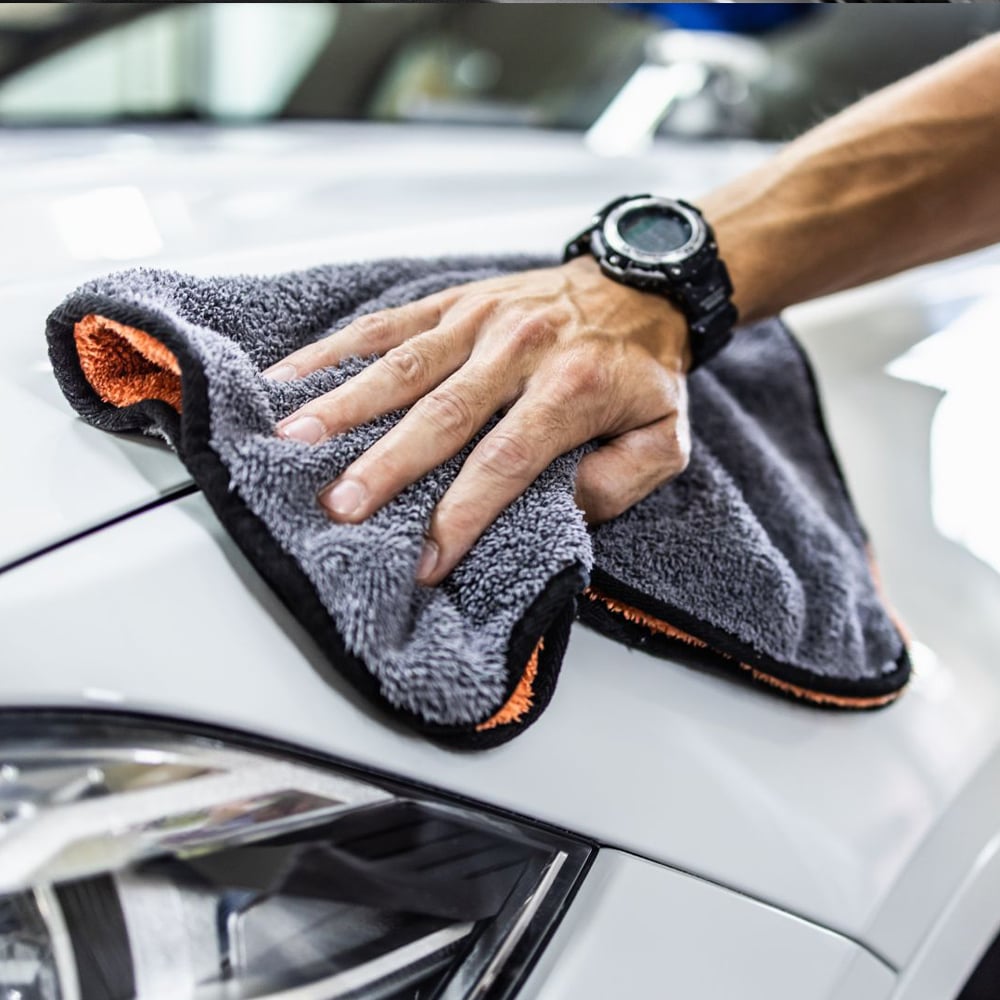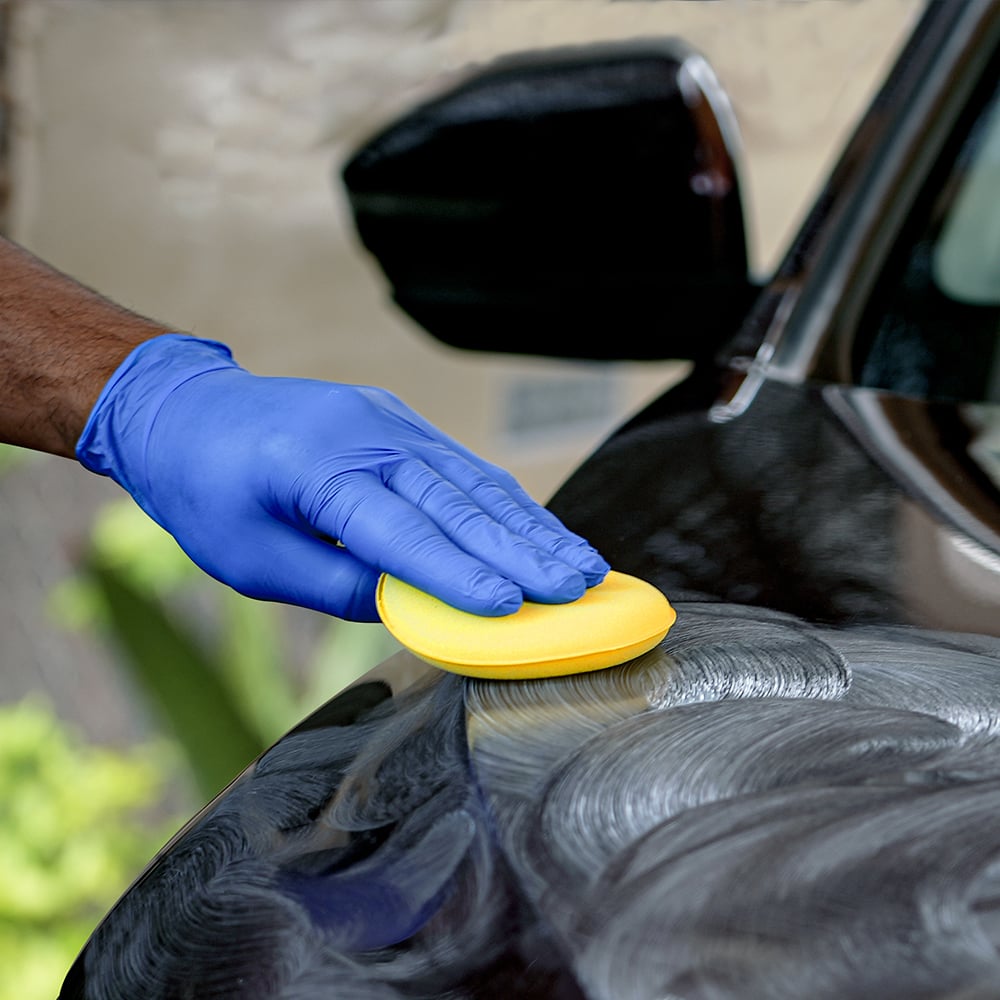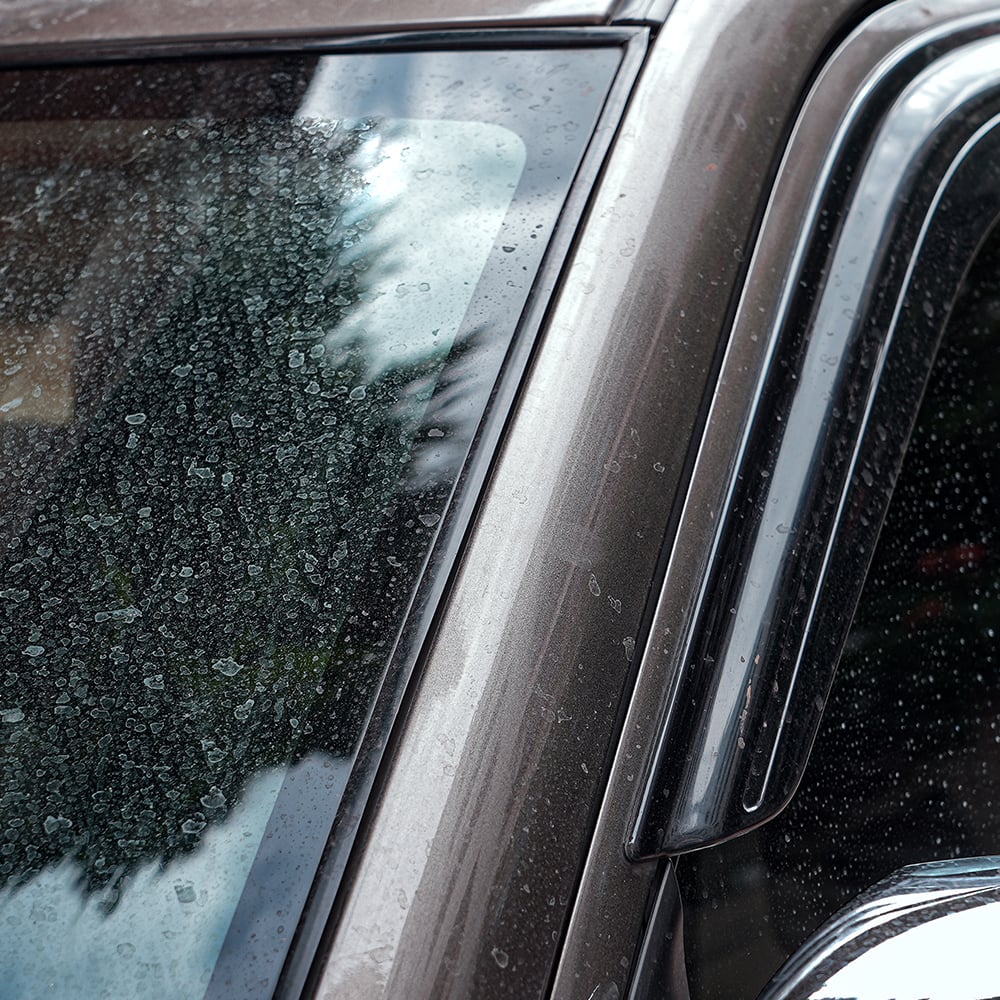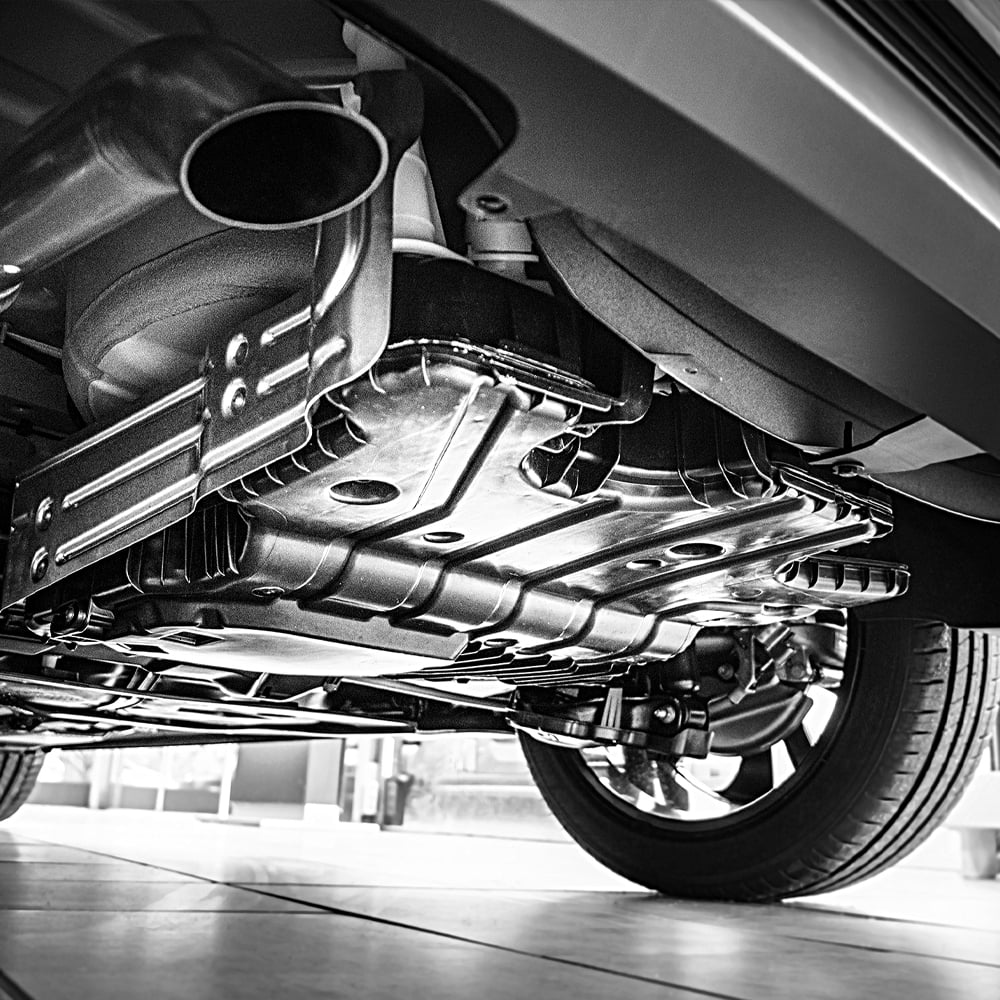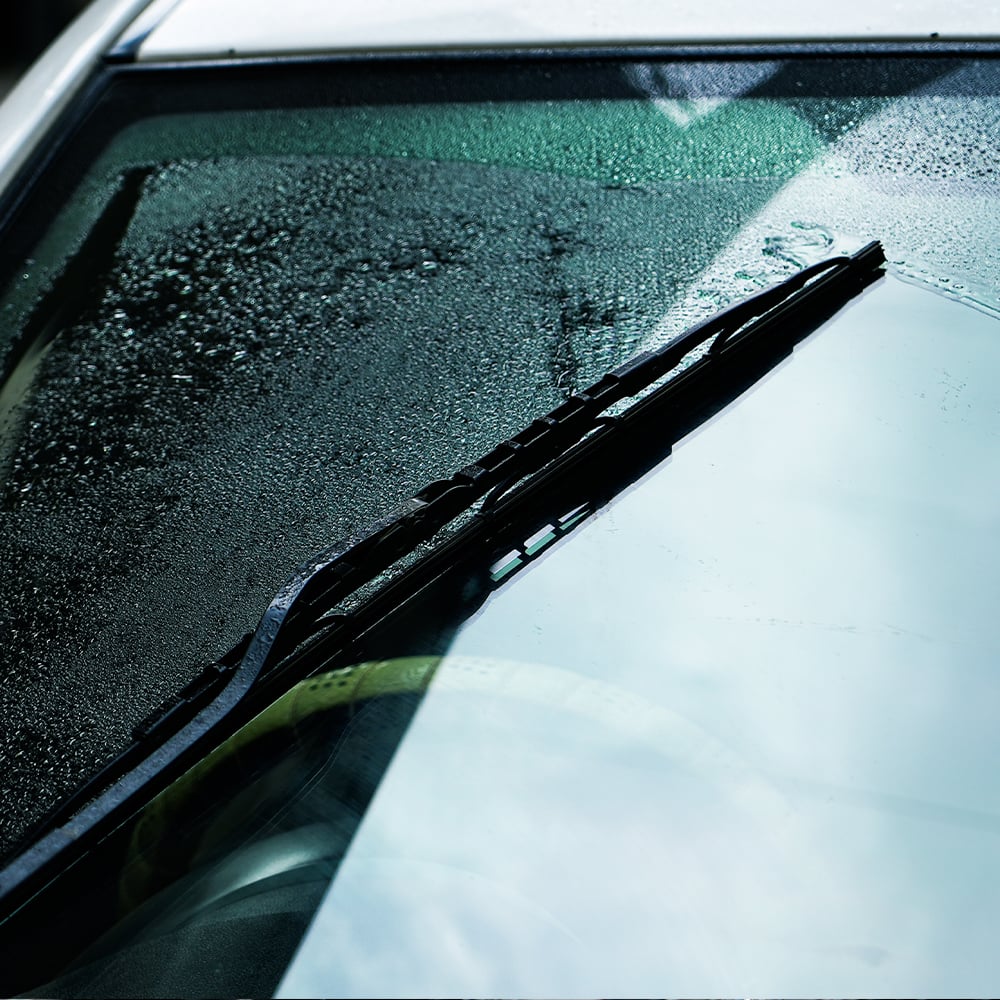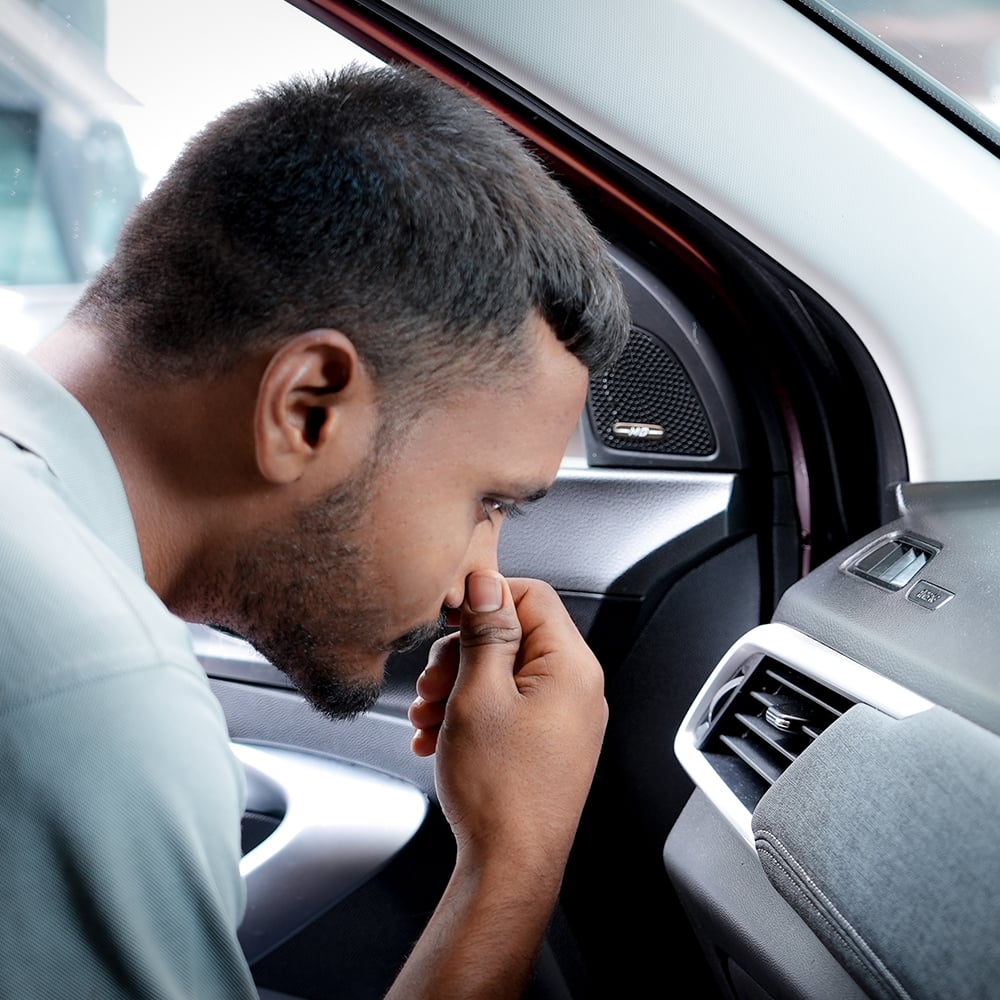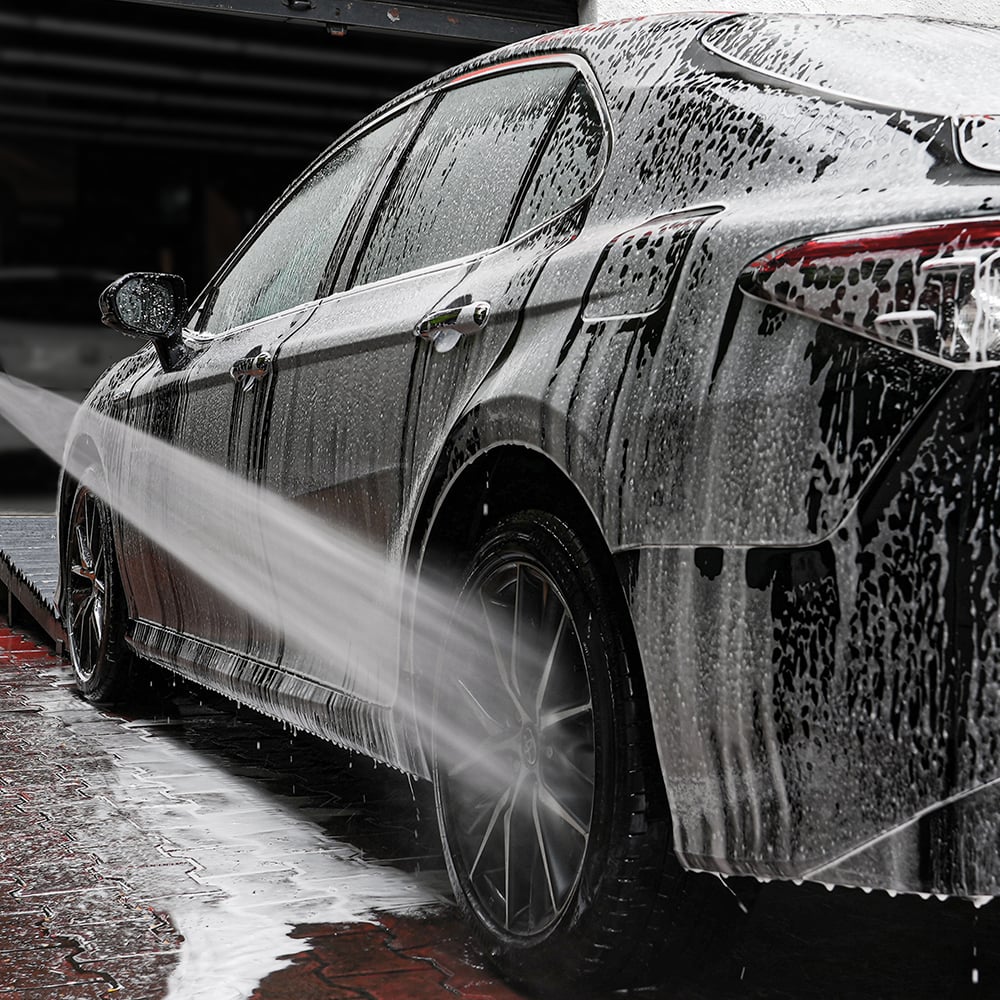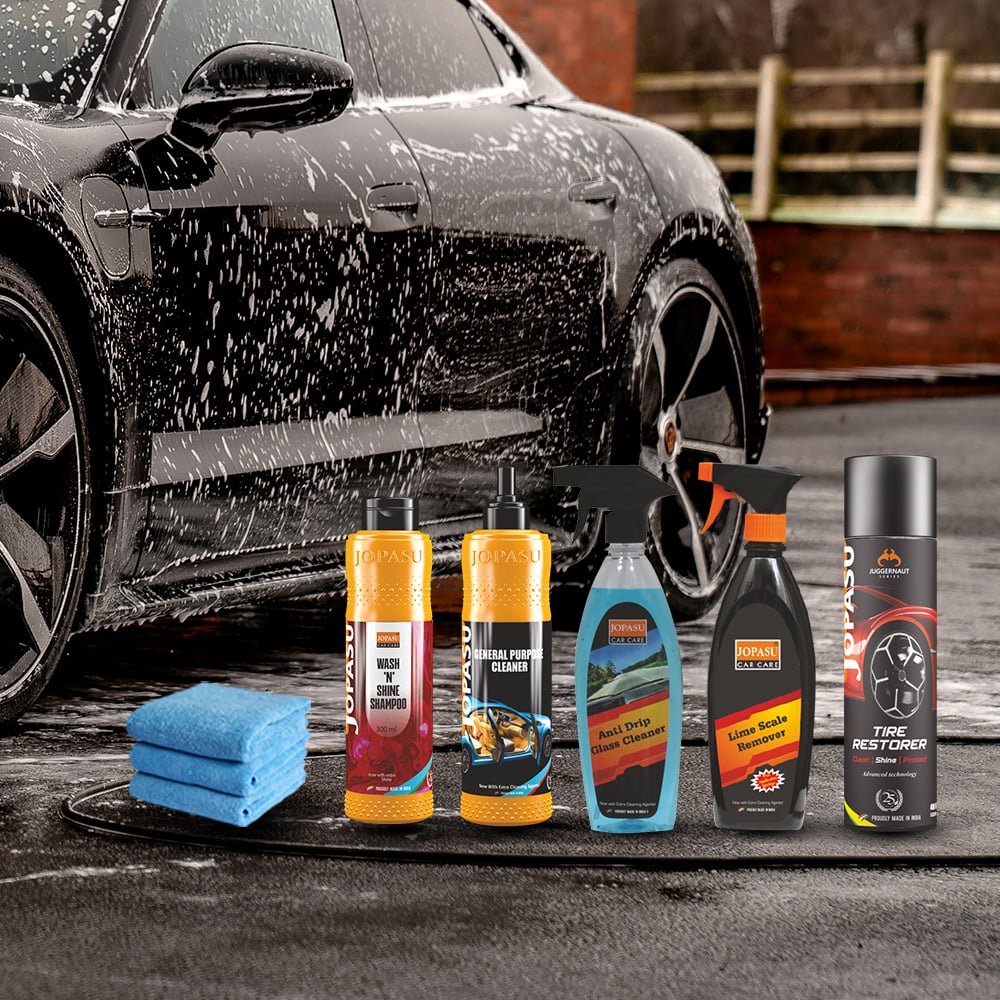Monsoon Car Care Tips
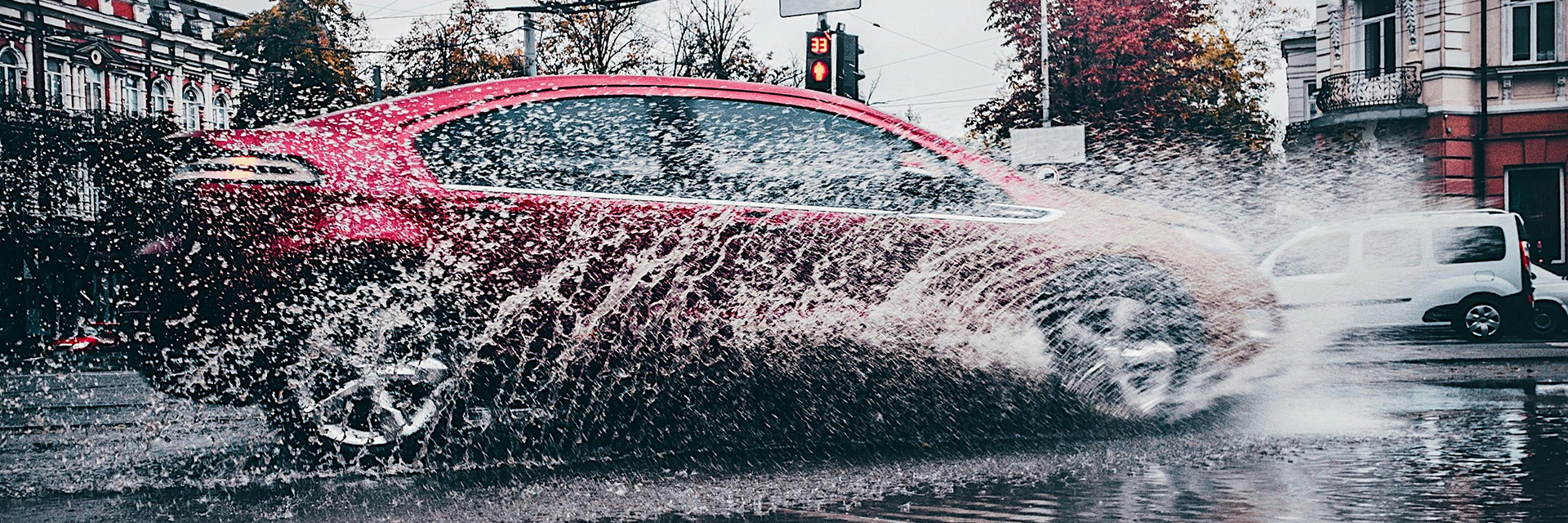
Monsoon Car Care Tips
The monsoon season is here and with it brings heavy rainfall that leads to floods, traffic jams, and a whole host of other issues. The rains are also very bad for your car as the mud, dirt, and water that tends to accumulate in areas can result in rust and electrical issues. So to make sure your car stays in the best shape possible, here are some top tips to ensure your car stays in top shape this monsoon. We also give you some quick tips on how to drive safer and keep your car as protected as it can be this monsoon.
Protecting Your Car’s Exterior
The car’s exterior can be damaged due to the monsoon. Muck, leaves, and dirt in general can ruin the paint finish of the car. Preventive measures can help to protect the car’s paint.
Keep It Clean
Make sure the dirt and muck don’t settle on the car body. Always try and wipe down or wash off all the gunk from your car’s body before driving in the rain. Every morning wipe your car down to get rid of all the leaves and twigs.
Car Covers – A Big NO NO!
Never use a car cover on your car if you intend to park it out in open space. The cover can protect the surface from random twigs and leaves falling on the car and the falling water might flow away, but the cover tends to stick to the car’s body due to the moisture. When the sun is out and the car dries, the cover can stick to the car’s clear coat and can actually peel it off when the cover is removed.
Clean Under the Bonnet and Boot
Always clean under the boot lid and the bonnet of your car. Most of the time leaves get stuck under them which ends up clogging the water drainage gutters. The dirt and leaves can also get stuck inside door jams causing water to accumulate in crevices and causing rust which will lead to water leaking into the interior cabin.
Underbody Protection
The underbody of the car can be protected by spraying a mixture of diesel and used engine oil. This mixture keeps moisture and dirt/grime away and can be integral to protect mechanical moving parts and the underfloor of the car from rust. The combination can also be used on the likes of the front suspension.
Save the Paint
Applying paint protection film is the best way to protect paint from the effects of rain and moisture. Also, you can apply a ceramic paint protection to make sure water tends to flow away.
Previous Post
